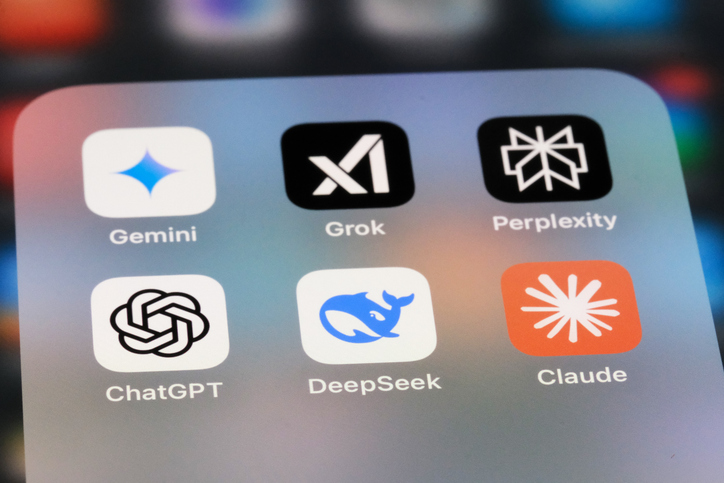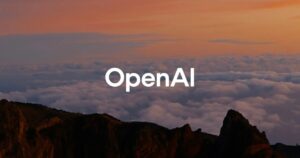Understanding Deep Seek and Shallow Moats: Implications for Higher Education

The Impact of AI on Higher Education
Historical Context of Technological Investments
In the past, the higher education sector has often placed excessive trust in emerging technologies, leading to pitfalls. A notable instance was the swift development of massive open online courses (MOOCs) in the early 2010s. Many institutions built elaborate platforms with the expectation that they would be essential for thriving in the digital age. However, a decade later, much of that infrastructure has fallen into disuse. Amidst the ongoing transformation brought about by artificial intelligence (AI), there’s a concern that universities may echo these past missteps.
The Emergence of DeepSeek R1
Recently, a new player in the AI field, DeepSeek R1, has gained attention for its capabilities. This model has shown performance metrics that are comparable to, or even better than, existing models from tech giants like OpenAI. What sets DeepSeek apart is that it is an open-weight model, allowing anyone with adequate hardware access to utilize it.
Variations and Cost Efficiency
DeepSeek released multiple versions of its model, each with unique qualities that cater to different needs. Their research highlighted that they managed to train these models at a significantly lower cost, both in terms of time and financial resources, compared to competitors. As the academic community begins to critically evaluate this data, there is hope that advancements like these could reduce the resource burden typically associated with developing large language models.
Market Reactions and Strategic Questions
The market reaction to DeepSeek has been noteworthy. For instance, Nvidia’s stocks dropped dramatically due to anxiety that customers might require fewer of their AI chips for model training. This highlights the evolving nature of AI technology; while DeepSeek is efficient in training, it may demand more resources for executing tasks, such as generating text.
This landscape raises important strategic considerations for higher education administrators. A leaked memo from Google outlined concerns that both they and OpenAI lack significant competitive advantages, a notion that seems increasingly valid. In a world where new entrants can disrupt existing paradigms, universities must consider how to position themselves effectively against such rapid advancements.
Exclusive Partnerships and Their Risks
Some institutions have rushed to form exclusive partnerships with leading AI companies. For example, California State University has partnered with OpenAI to grant ChatGPT access to about 500,000 students and faculty. Similarly, UNSW Sydney has signed a comparable deal. While these partnerships can offer benefits by staying at the forefront of technology, they can also create dependencies on specific systems or tools, which may not be sustainable given the rapid changes in the AI landscape.
A Balanced Approach to AI
Given the increasing complexity of the technology landscape, higher education institutions may benefit from a more agnostic approach to AI. Rather than committing to long-term relationships with specific providers, maintaining a flexible strategy can allow institutions to adapt as new technologies arise.
Lessons for Educators and Administrators
DeepSeek’s developments provide several critical insights for educators and administrators alike:
- Avoid long-term commitments: Institutions should refrain from exclusive contracts with specific AI platforms.
- Invest in AI literacy: It’s vital to develop AI understanding and governance frameworks within educational institutions.
- Create adaptable infrastructure: Building systems that can work with various AI tools is essential for staying current.
Exploring New Opportunities
As the costs of training and deploying models drop, there is potential for universities to develop specialized AI systems that cater to specific academic needs rather than competing with large, general-purpose models. This tailored approach can help institutions meet their unique challenges and enhance their educational offerings.
The True Essence of Competitive Advantage
DeepSeek R1 underlines an essential idea: in the realm of AI, true advantages arise not from controlling access to technology but from effectively integrating AI into teaching and learning. Those who focus on fostering an adaptable, knowledgeable community will stand to benefit the most. The ultimate objective of higher education should remain focused on providing transformative learning experiences and fostering new knowledge, using technology as a means to that end.






